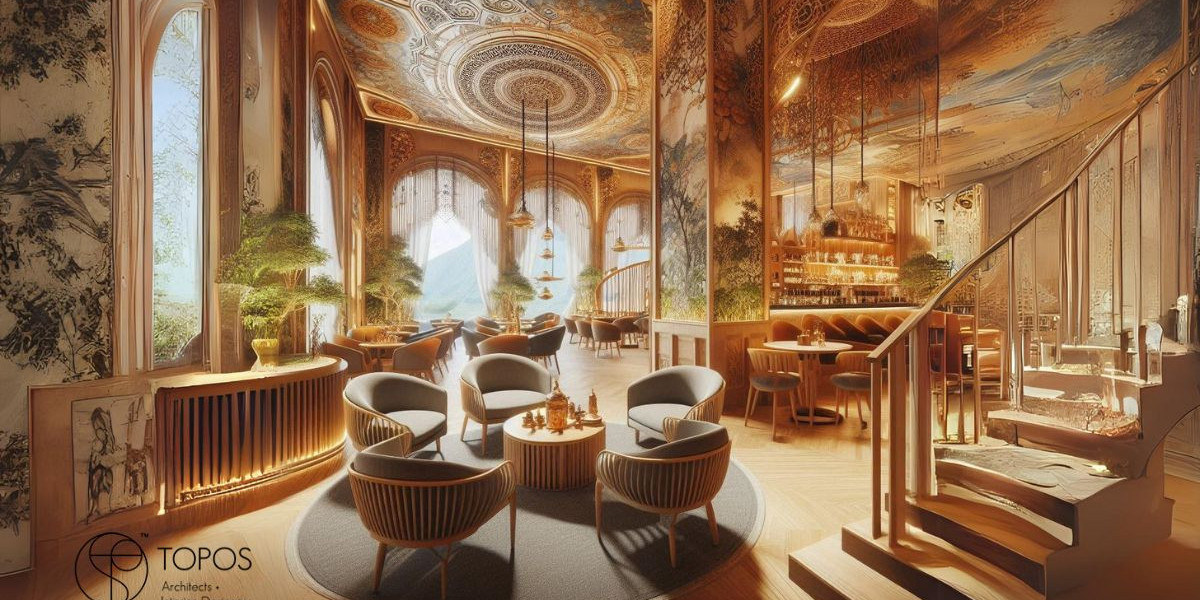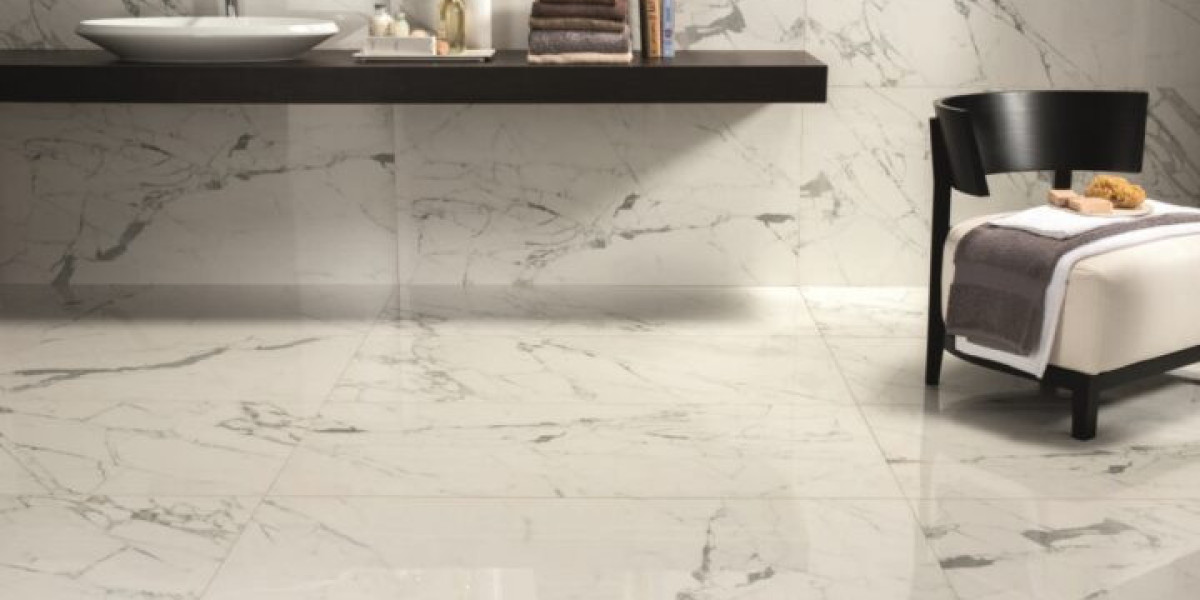When you walk into a hotel or restaurant, the ambiance can make or break your experience. In Singapore, where hospitality and F&B businesses thrive, the interior design plays a pivotal role in enhancing guest satisfaction. Let’s explore how psychology and design intersect to create spaces that delight and engage guests.
The Impact of Color and Lighting on Guest Emotions
Colors and lighting significantly influence how guests feel when they enter a space. Warm colors like reds, oranges, and yellows evoke excitement and energy, perfect for lively F&B design environments. Cooler tones like blues and greens promote relaxation and calm, ideal for serene hotel lobbies and spa areas.
Lighting is equally crucial. Bright, natural lighting can energize guests and make spaces feel welcoming. Soft, dim lighting, on the other hand, creates an intimate and cozy atmosphere, enhancing relaxation. In Singapore’s hospitality industry, a well-balanced lighting scheme can transform ordinary interiors into extraordinary experiences.
Designing for Comfort and Functionality to Maximize Guest Satisfaction
Comfort and functionality are key components of hospitality interior design in Singapore. Guests seek environments where they can relax and feel at ease, whether it's in a hotel room or a bustling restaurant.
- Ergonomic furniture ensures that guests can sit comfortably for extended periods.
- Intuitive layouts guide guests seamlessly through the space, enhancing their overall experience.
Incorporating these elements into hospitality interior design ensures that spaces are not only beautiful but also practical and user-friendly.
The Role of Local Culture and Aesthetics in Creating a Unique Ambiance
Singapore’s rich cultural tapestry offers a unique opportunity to infuse local aesthetics into hospitality interior design. Using elements such as traditional patterns, local art, and cultural symbols can create a sense of place and connection for guests.
- Incorporate local materials like bamboo or rattan to add a touch of authenticity.
- Showcase local artists by featuring their work in public areas.
By integrating these cultural elements, hospitality spaces can offer guests a more immersive and memorable experience.
Using Space Planning and Flow to Enhance Guest Interaction
Effective space planning is essential in hospitality interior design. It ensures that spaces are not only visually appealing but also functional and conducive to social interaction. For example, open-plan layouts in F&B design encourage mingling and conversation, while private nooks offer quiet retreats for intimate gatherings.
An interior architecture firm Singapore like TOPOS Design Studio excels in creating layouts that balance these needs. They specialize in crafting spaces that flow seamlessly, enhancing guest comfort and interaction.
The Psychological Benefits of Natural Elements in Interior Spaces
Incorporating natural elements into interior spaces has proven psychological benefits. Biophilic design, which integrates nature into the built environment, can reduce stress and improve overall well-being.
- Greenery and indoor plants add a touch of nature, creating a serene atmosphere.
- Natural materials like wood and stone bring warmth and a tactile connection to the environment.
Incorporating these elements into hospitality interior design in Singapore not only enhances the aesthetic appeal but also positively impacts guest health and happiness.
Personalizing Guest Experiences Through Thoughtful Design
Personalization is a powerful tool in hospitality design. Tailoring spaces to meet the specific needs and preferences of guests can significantly enhance their experience.
- Customizable environments, such as adjustable lighting and temperature settings in hotel rooms, allow guests to create their ideal ambiance.
- Personal touches like welcome notes or locally inspired amenities add a layer of warmth and hospitality.
An interior architecture firm in Singapore, like TOPOS Design Studio, understands the importance of personalization. They design spaces that anticipate and cater to the unique needs of each guest, ensuring a memorable stay.
Conclusion
Incorporating psychological principles into hospitality interior design can profoundly impact guest experience. From the thoughtful use of color and lighting to the integration of local culture and natural elements, each design decision plays a crucial role in creating environments that delight and engage. As you explore hospitality interior design Singapore, consider how these elements can enhance your spaces, ensuring that every guest leaves with a positive and lasting impression.



